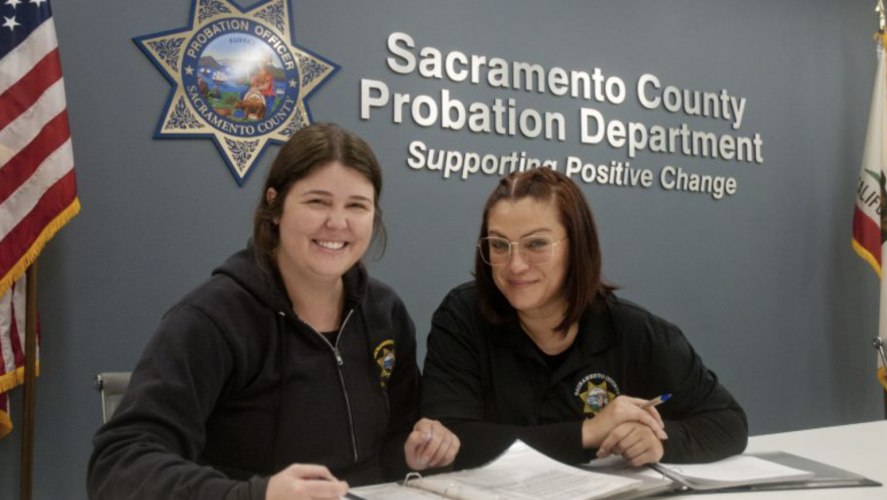Life in the Outside World: How Valley Oaks Youth Academy set up incarcerated juveniles for success
In Sacramento News and Review by Raul Clement
In September of 2020, California passed Senate Bill 823, disbanding the Division of Juvenile Justice. Previously, the DJJ had been responsible for housing and treating youth from all over California who had committed serious crimes. They did so in a secure-track facility near Stockton, California. Now individual counties will be responsible for housing their own juvenile offenders. And all juveniles still housed at the DJJ will be relocated to their counties of origin.
While some counties have struggled with these new administrative responsibilities, the Sacramento County Probation Department quickly embraced the challenge. A program called Valley Oak Youth Academy was created to house and treat these “secure-track” juveniles who were no longer housed by the DJJ. Called VOYA for short, this program occupies three units inside Sacramento County’s Youth Detention Facility. It saw its first commitments in 2021 and is currently housing around 30 total youths.
Kristy Dyson, a Supervising Probation Officer for VOYA, believes
keeping kids close to home has real benefits.
“It allows for connectivity,” she says, “both in terms of
visiting and family involvement. A lot of their families rely on
ride-share programs or public transit. While 30 to 45 minutes
away doesn’t seem like a lot, for those that don’t have
consistent, reliable transportation, it poses a huge barrier.”
Another benefit is that it makes formulating a treatment plan easier.
“We already know them,” says Heather Horton, a Deputy Probation Officer assigned to the Programming Unit at the youth facility. “They don’t leave and come back to us. They meet with us, they meet with their clinicians, they meet with community-based organizations. We create what’s called an individualized rehabilitation plan.”
And what does an individualized rehabilitation plan look like? Well, just because VOYA houses secure-track youth doesn’t mean their options are limited. They have access to all the programs the rest of the juveniles at the youth detention facility do. These include a daily culinary class and a high school degree program, both administered by the Sacramento County Office of Education. There is also the option to take online classes with Lake Tahoe Community College. An entire unit at the facility is devoted to the Northern California Construction Training Program.
These are all programs available to the general juvenile population, but VOYA has its own programming that takes advantage of the longer commitment times of its youth. Chief among these is Project Me, a program designed to help VOYA youth with basic life skills. They learn to tie a tie, make a resume, set up an email, sew a button, etc.—common skills many of us take for granted, but which these youth may never have learned due to unstable childhoods.
All programming is done with one thing in mind: preparing VOYA youth for a return to the outside world.
Because VOYA has only existed since 2021, only a handful of youth have been released from the program into the community. Even so, the overall results have been encouraging.
One youth completed his associate’s degree while in VOYA. Another has joined Pine Grove Youth Conservation Camp, a stepdown program for incarcerated youth run by CalFire. Though he’s still on an ankle monitor, he’s making money, learning a skilled trade and getting to spend time outdoors.
Yet another youth was just released from VOYA a few days ago, and plans to join the California Conservation Corps next month. Kristy Dyson sees him as an example of the re-entry system at work.

